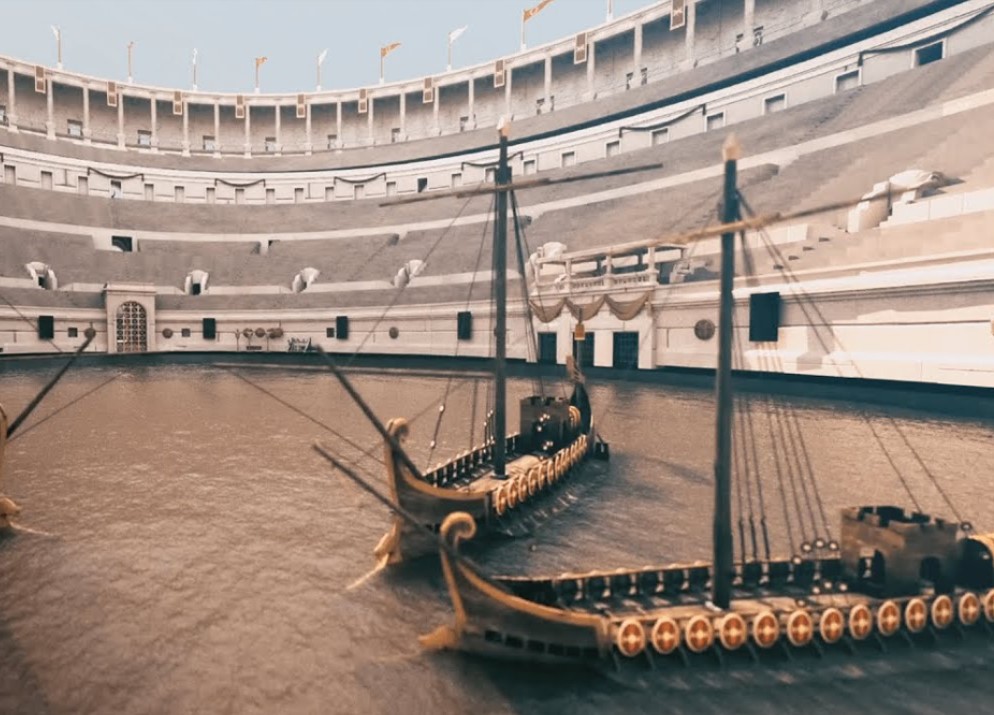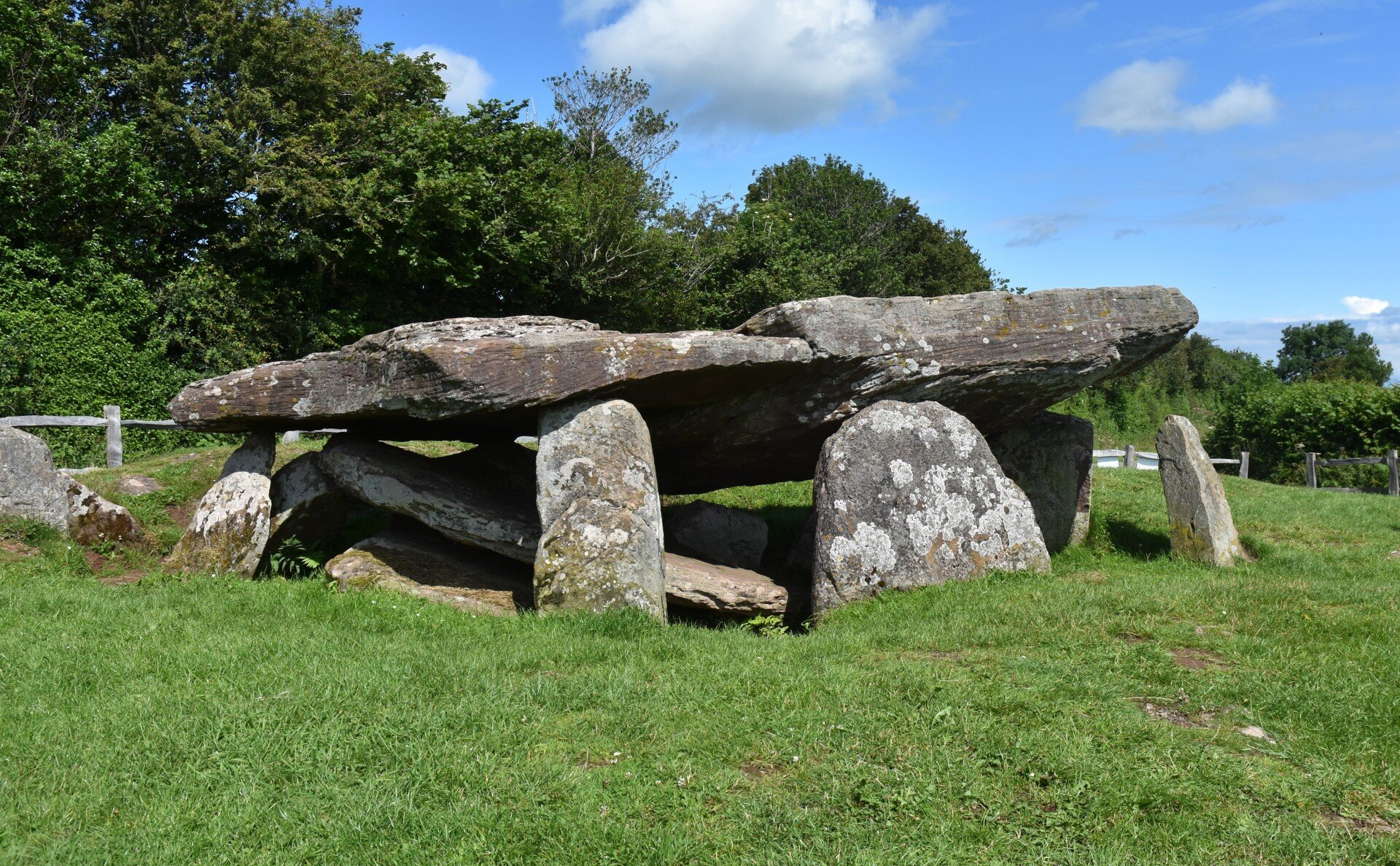The Mysterious Journey of the True Cross: From Discovery to Modern-Day Relics
The Allure of Relics in Medieval Europe During the Middle Ages, relics, including bones or fragments of clothing from saints or apostles, attracted pilgrims from far and wide. Churches across Europe competed to possess relics associated with Jesus Christ, with fragments from the cross on which he was crucified being the most sought after.
Helena Augusta’s Quest for the True Cross Helena Augusta, mother of Roman Emperor Constantine, is credited with discovering the True Cross at the Holy Sepulchre site, where Jesus was crucified alongside criminals Gestas and Dismas. Fourth-century historian Socrates Scholasticus recounts that Helena demolished the pagan temple on the site and excavated the hill, unearthing three crosses, the nails from Christ’s crucifixion, and the ‘Titulus Crucis.’ A terminally ill woman was healed upon touching one of the crosses, leading Helena to believe it was the True Cross.
Debating the Authenticity of the True Cross Most of the cross was sent to Constantinople and later dispersed across Europe after the Fourth Crusade in 1204. The sheer number of churches claiming to have a piece of the True Cross led theologian John Calvin to doubt their authenticity. However, the belief that Christ’s blood rendered the cross indestructible and infinitely divisible kept the relic trade thriving.
Honoring the True Cross Many pieces of the True Cross were enshrined in ornate reliquaries alongside other relics, such as bones of saints, Crucifixion nails, and even Christ’s baby teeth. These relics were central to religious ceremonies, including the Feast of the Finding of the Cross, celebrated by Roman Catholics until 1960.
Tracing the True Cross Today While most alleged fragments of the True Cross have been lost over time, some remain in prominent religious institutions like St. Peter’s Basilica in Rome and Notre-Dame Cathedral in Paris. Other fragments have ended up in more unusual locations.
- Santa Croce, Italy: Rome’s Sante Croce in Gerusalemme church houses three small pieces of the True Cross, two thorns from the Crown of Thorns, a Crucifixion nail fragment, and a piece of the Titulus Crucis.
- Notre-Dame de Paris, France: King Louis IX obtained a fragment of the True Cross from Baldwin II of Constantinople in the 13th century, which was housed in Sainte-Chapelle before being moved to Notre-Dame Cathedral’s treasury and later to the Louvre.
- Scuola Grande di San Giovanni Evangelista, Italy: Philip de Mezières gifted a piece of the True Cross to this Venetian school in 1369, and a miraculous event is said to have occurred when the fragment was dropped into a canal during a procession.
- The Moskva, Black Sea: A fragment of the True Cross is believed to have been placed in the chapel of the Russian cruiser Moskva, which sank in 2020 during the Russia-Ukraine War, taking the relic with it.
📚📖 Make sure to join Ancient Library on Telegram, and become part of a unique group 👉🏻 https://t.me/theancientlibrary
If you want to help us out and support the page, you can buy us a coffee ( we really appreciate it) 👉🏻 https://www.buymeacoffee.com/ancientlibrary
I am the Librarian, and I, together with the guardians of the Ancient Library, curate content for this site. Welcome, and enjoy your stay.





